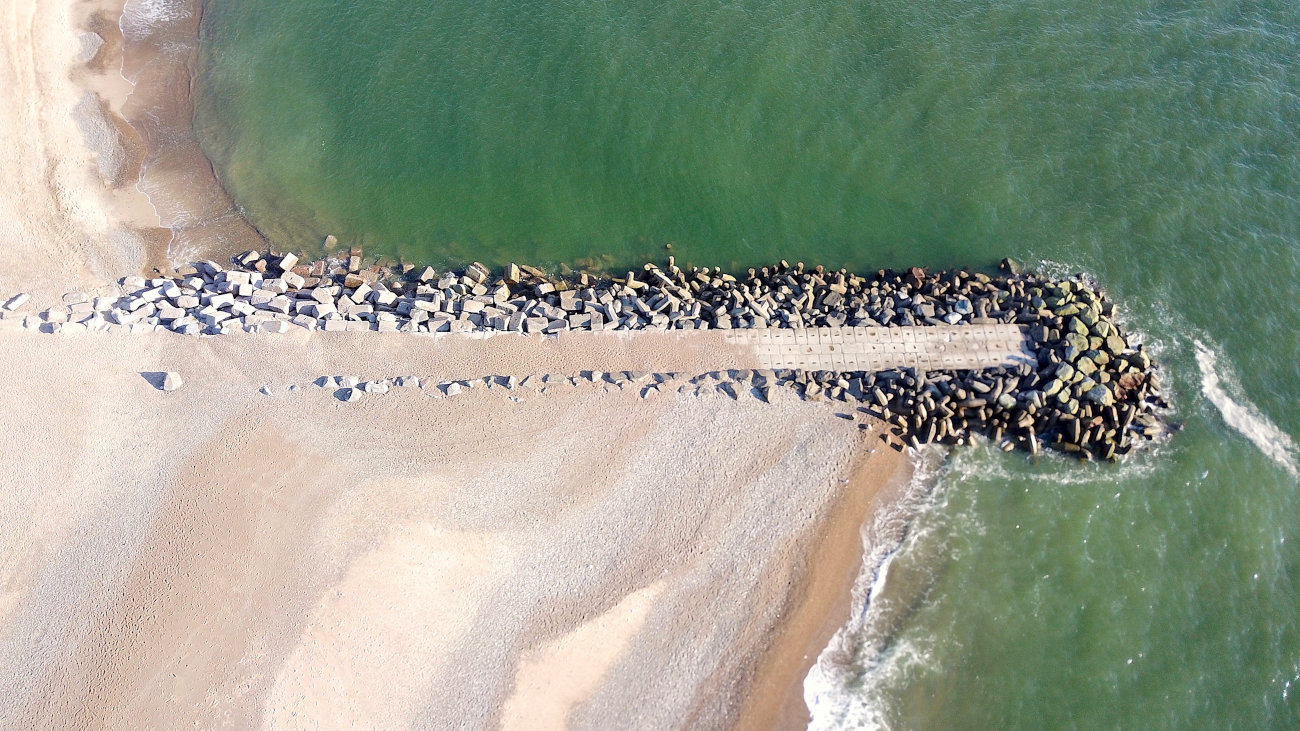Better collaboration is key to closing the adaptation finance gap
ICSI’s new report provides practical recommendations for the climate
adaptation sector to improve the pace, scale and impact of adaptation finance
Different climate adaptation stakeholders face challenges in communicating,
collaborating and sharing essential data
By working closely with investors, insurers, MDBs and policymakers, engineers
can help find the answers
Engineers can play a vital role in accelerating adaptation
Closing the adaptation finance gap requires engineers, public and private finance and policymakers to work better together and a new report by the International Coalition for Sustainable Infrastructure shows how that can happen.
Adaptation finance makes it possible to develop and deliver the climate resilient infrastructure needed to address the increasingly severe and likely impacts of climate change. In turn, that helps to protect people, assets, economies and the environment.
So why isn’t delivery keeping up with the scale of the challenge?

Ultimately, the rate at which adaptation finance is being unlocked lags what’s needed. This is seen at national level, through reports by governments in the UK and in Australia, for example. Globally, through the UN Environment Programme’s annual report on the state of adaptation finance. The difference between what’s needed and what’s available is commonly termed the ‘adaptation finance gap’.
Solving a complex problem requires different perspectives and expertise.
Especially as there are many different stakeholder groups involved in unlocking adaptation finance, and climate resilient infrastructure. Alongside engineers, public and private finance professionals are essential, as well as policymakers, insurers and infrastructure asset owners and operators.
To address this challenge, Mott MacDonald has worked with the International Coalition for Sustainable Infrastructure (ICSI) to take a cross-sectoral view on the challenge. The initiative was fortunate to have input from partners including Boston Consulting Group, the Global Covenant of Mayors for Climate and Energy and the Institution of Civil Engineers.
Through a series of multi-stakeholder discussions throughout 2024, held in several different countries and at major events like Climate Weeks in London and New York, the shared challenges and the potential solutions were identified. The newly launched report by ICSI charts the way forward.
What’s not working?
Crucially, difficulties in translation mean different professions and sectors can struggle to communicate and collaborate as effectively as they need to.
Engineers, policymakers and finance professionals all have differing industry languages and priorities. As a result, partnerships are missed, expertise is underutilised and disconnect emerges. Engineers may hold valuable technical expertise, but policymakers can struggle to translate it into policy, which then holds back the delivery of climate resilient assets. Finance professionals may need other sectors, such as engineers and policymakers, to demonstrate the financial returns clearly, while also valuing and carefully interpreting technical rigour for risk assessments.
Multilateral development banks (MDBs) emphasised the need for insight to help build scalable, policy-aligned outcomes to secure stakeholder support.
Insurers, who are vital to derisk investment, also found that they could struggle to engage with policymaking processes.
So how can our sector help make a difference?
Mott MacDonald’s work with ICSI wasn’t just about finding problems, it was also about identifying potential solutions. For the engineering and infrastructure sector, there’s several practical things can be done.
Investors, including private finance and multilateral development banks, made clear that derisking investment is key to unlocking adaptation finance at scale, which means improving the ability to assess and act on risk across the financial system:
- Continue to support Standardised Risk Assessment Frameworks
Mott MacDonald’s contribution to the development of the Physical Climate Risk Assessment Methodology (PCRAM) is improving the standardisation of how climate risk is assessed and integrated into infrastructure investment processes. The first real-world case studies found PCRAM helped to prioritise investment toward technical excellence in climate resilience, while helping asset owners and operators to engage productively with investors.
Continuing to ensure technical excellence is embedded in improved approaches and standards for the entire ecosystem, including insurers’ pricing mechanisms and investors’ evaluation criteria, can make a significant difference. - Improving knowledge exchange, dialogue and mentorship and training
Structured approaches to engaging with policymaking communities is an important opportunity to see the built environment sector’s work deliver real-world societal benefit and financial returns.
Ways this can be done include documentation guidelines to help translate technical specifications into policy, by standardising the ‘playbook’ for engagement between audiences to help smooth the process. Creating specific opportunities for dialogue between different sectors is also important.
Other routes could include mentorship opportunities that better connect different professions, improves sharing of case studies and the availability of interdisciplinary training for the climate adaptation ecosystem. - Continuing to advocate for strong technical standards for climate resilience and adaptation
In a September 2024 report for the National Infrastructure Commission, now president of the Institution of Civil Engineers, Professor Jim Hall, identified the importance of clear infrastructure resilience standards. Mott MacDonald’s work with ICSI sets out that the engineering sector has an important role to play in driving those standards, catalysing confidence that well-adapted infrastructure can continue to provide essential outcomes for society.
What’s next?
While ICSI’s recommendations are based on extensive dialogue with different stakeholders, making a success depends on continuing to collaborate. As a business, Mott MacDonald will continue to work both across our sector and with other essential partners in the built environment ecosystem to close the adaptation finance gap. If you’re keen to collaborate and accelerate progress toward a well-adapted future, get in touch.
Subscribe for exclusive updates
Receive our expert insights on issues that transform business, increase sustainability and improve lives.


